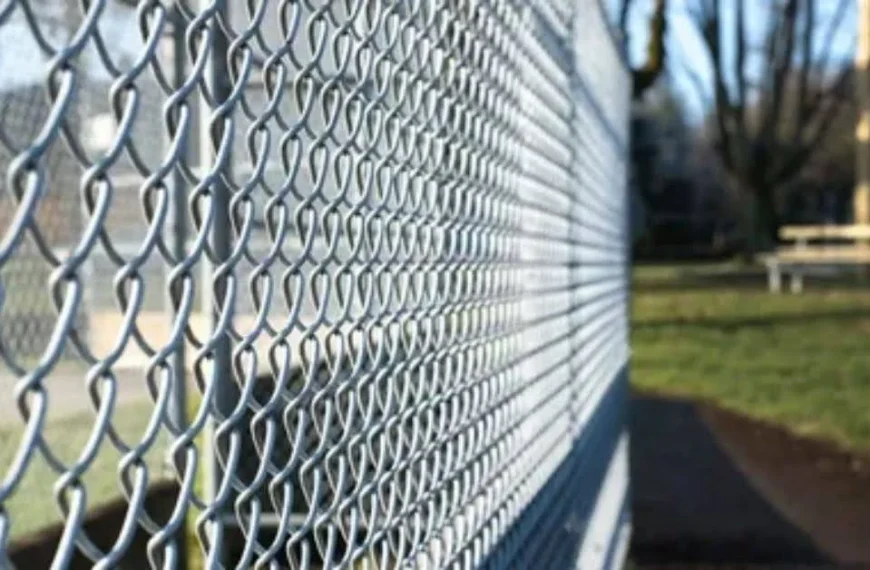The bathroom is one of the most humid areas in a home, making an effective room ventilation system essential. By preventing mould, mildew and damage to walls from excessive moisture, a good ventilation system improves comfort. An approach that is now very much in vogue is heat recovery ventilation, which removes excess moisture while retaining heat, thereby saving energy.
Advantages of Heat Recovery Ventilation in the Bathroom
Humidity Control and Air Quality
Heat recovery ventilation systems help to ensure a continuous supply of fresh air by circulating air at different rates between the indoor and outdoor environments. Ventilation also helps to prevent most of the energy that would otherwise be lost. This also helps to eliminate high humidity levels — a common problem in bathrooms, which are characterised by constant steam production.
Proper humidity levels prevent the growth of unhealthy organisms that thrive in damp conditions. With filters, these devices block dust mites in the form of allergens such as pollen grains, which give off unpleasant odours especially when kept in bathrooms where they are humid, thus can lead to mould due to decomposition.
Energy Efficiency And Heat Retention
In addition to controlling humidity, Heat Recovery Ventilation (HRV) systems have the added benefit of retaining heat. Traditional ventilation systems exhaust humid room air, resulting in heat losses and high heating costs. Conversely, HRV systems recover up to 90% of the heat contained in the exhaust air.
By using the heat released from your room as it flows out, the amount of heat you would need to heat the bathroom is reduced. Installing a heat recovery system would result in reduced energy consumption, saving money and making your home greener.
Choosing a Ventilation System for Your Bathroom
Ecostream told us what to look for when choosing a bathroom ventilation system:
- Square metres of bathroom area. It is important to consider the size of the bathroom and how often it is used before deciding which type of residual ventilation to install. The larger the room and the more frequently it is used (e.g. in a detached house), the more powerful the ventilator should be.
- Air exchange calculation. A basic recommendation is to choose a ventilation system that provides 6-10 air changes per hour in standard bathroom sizes.
- Type of room. This means that if you have windowless bathrooms, you’ll never be able to get by without an effective ventilation system, because there’s never a medium for ventilation.
Installing a recuperator in the bathroom can be done for many reasons. Firstly, it helps and prevents condensation from forming on the mirror and wall, which are always dry. Secondly, it’s necessary to have fresh air throughout, so there’s no door or window to open. In addition, people feel good in a good house because they breathe well all the time, reducing the risk of lung diseases. So with the recuperator you can save a lot of money when it comes to heating your bathroom, as this system uses a heat exchanger system.
Overall, a good ventilation system in the bathroom would not only provide a comfortable environment, but also ensure healthy indoor air quality in the home. Installing a heat recovery ventilation system would eliminate the need for more energy while ensuring that there is always clean, fresh air around you and your loved ones.









